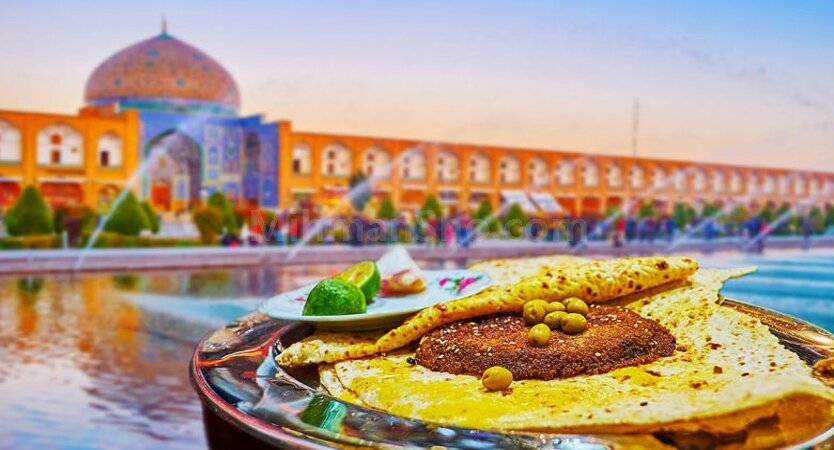TEHRAN - Majid Danesh-Mobarhan, the chair of Isfahan’s Associations of Tourist Guides, has emphasized the potential of culinary tourism as an intangible heritage that could play a significant role in Isfahan’s tourism economy.
Speaking to reporters, Danesh-Mobarhan addressed the question of how culinary tourism could contribute to attracting foreign tourists to Isfahan.
He stated that tourists’ culinary preferences differ, but due to the abundant potential in Isfahan and the desire of some nationalities to experience different cuisines, culinary tourism could serve as an essential intangible heritage in Isfahan’s tourism economy.
Elsewhere in his remarks, the expert highlighted the need for a more professional approach in this regard, suggesting the establishment of special restaurants that serve a variety of cuisines.
He pointed out that in many countries, culinary tourism is recognized as a distinct form of tourism, and this should also be emphasized in Isfahan, considering it is considered a tourist-friendly city.
Also, Danesh-Mobarhan referred to some obstacles, saying: “Due to the continuous absence of foreign tourists in the province [of Isfahan], it is not cost-effective for all Isfahan restaurants to offer diverse cuisines.”
Moreover, he emphasized the importance of strategic planning to overcome some of the challenges and determine specific behaviors, asserting that with proper planning, Isfahan can harness its considerable potential to transform its tourism economy significantly.
Iran, a land steeped in history, art, and culture, beckons travelers with not just its awe-inspiring landmarks but also a culinary journey that’s as diverse as the landscapes that adorn this ancient land. Among the many treasures Iran offers to visitors, its local foods and dishes stand tall as a testament to the nation’s culinary heritage.
From Tehran’s bustling streets to the remote villages nestled in the Zagros Mountains, Iran’s cuisine paints a vivid picture of its cultural mosaic. Despite the influx of global culinary influences, Iran’s culinary heritage remains deeply rooted in tradition.
In 2020, the Islamic Republic joined an online campaign launched by the UNWTO to promote gastronomy as an essential part of tourism. Iranian cuisine, usually dominated by fragrant herbs, varies from region to region. It principally accentuates freshness, deliciousness, and colorfulness.
No Persian meal is complete without an abundance of herbs. Every table is usually set with Sabzi-Khordan, a basket of fresh herbs, radishes, and scallions, which are eaten raw and by the handful. Persian cuisine is, above all, about balance — of tastes and flavors, textures and temperatures.
Experts believe that food tourism has become one of the most dynamic and creative segments of tourism and, at the same time, has naturally positioned itself as an element of diversification of tourism with a high impact on the promotion of sustainable development at the regional and local levels.


No comments:
Post a Comment